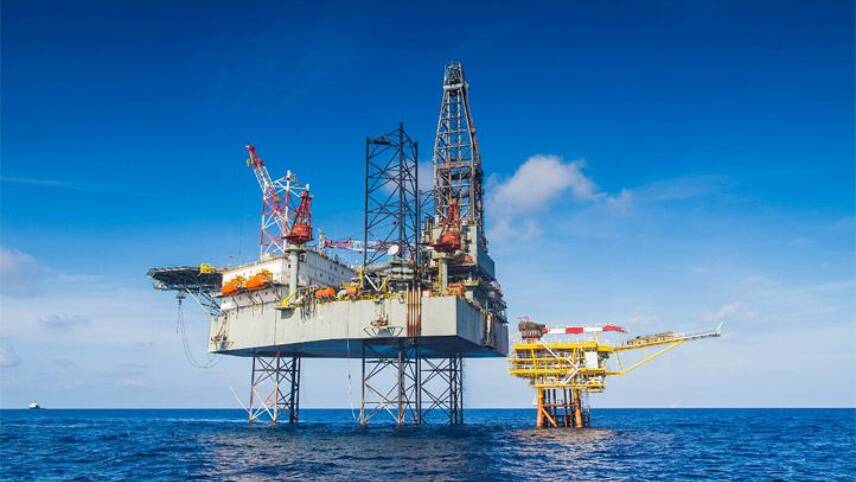Register for free and continue reading
Join our growing army of changemakers and get unlimited access to our premium content

Global oil demand has not undergone a full-year decline in more than a decade
The Agency’s latest oil market forecast, published today (9 March), outlines how the “deep contraction in oil consumption in China”, compounded by disruptions to international travel and trade due to COVID-19’s spread, have led to the first drop in global oil demand since 2009.
It states that current global oil demands are around one million barrels per day less than they were this time a year ago.
If governmental action to contain the spread of coronavirus is strong and the outbreak peaks within the next three months, the IEA claims, global oil demand will rise to 480,000 barrels more per day than in 2019 by the last quarter of the calendar year. This is still lower than its last forecast, when an 825,000-barrel increase in daily demand was predicted.
However, if global measures fail to contain the virus, the IEA predicts that global oil demands will continue to be lower throughout the year than in 2019. By December, demand could reach around 730,000 barrels less per day than in winter 2019, the Agency has found.
The publication of the report is timely; The FTSE 100 index fell more than 8% in its first ten minutes of trade today and has since levelled at around 6% of expected levels. The drop has been largely caused by a 20% decline in oil prices due to a trade row between Saudi Arabia and Russia, compounded by coronavirus impacts.
With a combination of a massive supply overhang and a significant demand shock at the same time, the situation we are witnessing today seems to have no equal in oil market history.#THREAD
— Fatih Birol (@IEABirol) March 9, 2020
The IEA said in a statement that the coronavirus context is “adding to the uncertainties the global oil industry faces as it contemplates new investments and business strategies” in the face of changing climate policies – and should serve, not as evidence to back up arguments for blunt population control measures, but a push for fossil fuel firms to transition their business models in line with the Paris Agreement.
According to the body’s medium-term oil outlook, also published today, demand growth for petrol and diesel will weaken over the next five years as nations bolster their climate policy and as the electric vehicle (EV) and shared mobility markets grow.
The outlook outlines how oil demand will “rebound sharply” in 2021, as the coronavirus outbreak comes to an end, but will then slow through to 2025 as the global net-zero transition reaches the point whereby transport fuel consumption begins to plateau.
However, it also notes that “the impact of energy transitions on oil supply remains unclear, with many companies prioritising short-cycle projects for the coming years.”
“The impact of the coronavirus on oil markets may be temporary but the longer-term challenges facing the world’s suppliers are not going to go away, especially those heavily dependent on oil and gas revenues,” IEA executive director Fatih Birol said.
“The pressures on companies are changing. They need to show that they can deliver not just the energy that economies rely on, but also the emissions reductions that the world needs to help tackle our climate challenge.”
Climate commitment
Following criticisms of the methodology behind the IEA’s World Energy Outlook – and the forecast’s implications for clean energy policy and industry – the body recently signed a communique binding it to playing a “central role” in bridging the gaps between policy intentions and real-world impact.
The communique binds the IEA to supporting business and policy decision-makers looking to drive decarbonisation and to further promote energy efficiency. But it stops short of full-on alignment with the Paris Agreement – a move which 65 finance bodies across the globe were hoping for.
Since the communique was signed, the IEA has published an exposé revealing that less than 1% of the investments collectively made by the world’s largest public, private and state-owned oil and gas giants in 2018 went towards low-carbon activities.
It has also released data revealing that global carbon dioxide emissions from energy stopped growing in 2019, following two years of consecutive increases.
Similar data has this week been published by climate think-tank Ember. According to Ember’s analysis, CO2e emissions from the global power sector fell 2% year-on-year in 2019, largely due to a 3% drop in coal generation.
Though it is the biggest fall on both counts since at least 1990, Ember is warning that declining coal generation is not yet “the new normal” – and that such a decrease is still, ultimately, not aligned with the Paris Agreement’s 1.5C trajectory.
Sarah George


Please login or Register to leave a comment.